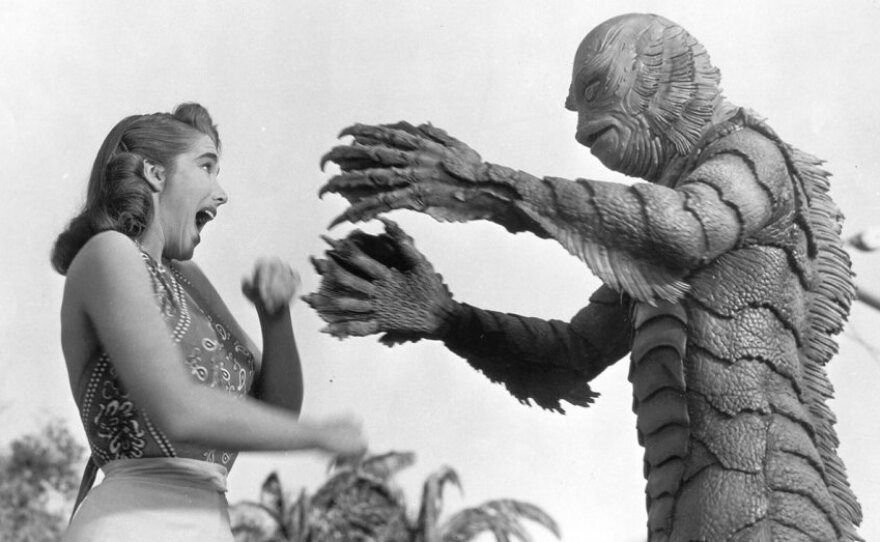You may not know Milicent Patrick's name and that's precisely why filmmaker, monster lover, and author Mallory O'Meara decided to write "The Lady From the Black Lagoon" and reveal the lost legacy of this woman who created one of Hollywood's most iconic monsters.
Mallory O'Meara loves monsters. So she was thrilled to discover that one of her favorite movies, "Creature from the Black Lagoon," featured a monster designed by a woman, Milicent Patrick. But to her frustration O'Meara could find very little information about this pioneering woman who was also one of Walt Disney's first female animators.

What O'Meara soon found out infuriated her. Patrick's male boss, Bud Westmore, had become jealous of the attention that the glamorous Patrick was receiving. Universal, the studio that produced "Creature from the Black Lagoon," couldn't resist sending this beauty out to promote the beast she had created. But Westmore not only put a stop to that but he also took credit for Patrick's work and eventually caused her to lose her job creating makeup and monsters for Universal.
O'Meara, who works in horror films herself, decided she needed to right this wrong. So she set off to do research and detective work to unearth all she could about Patrick and her work.
The book comes out March 5 and O'Meara will be in San Diego on March 8 at Mysterious Galaxy Bookstore.


